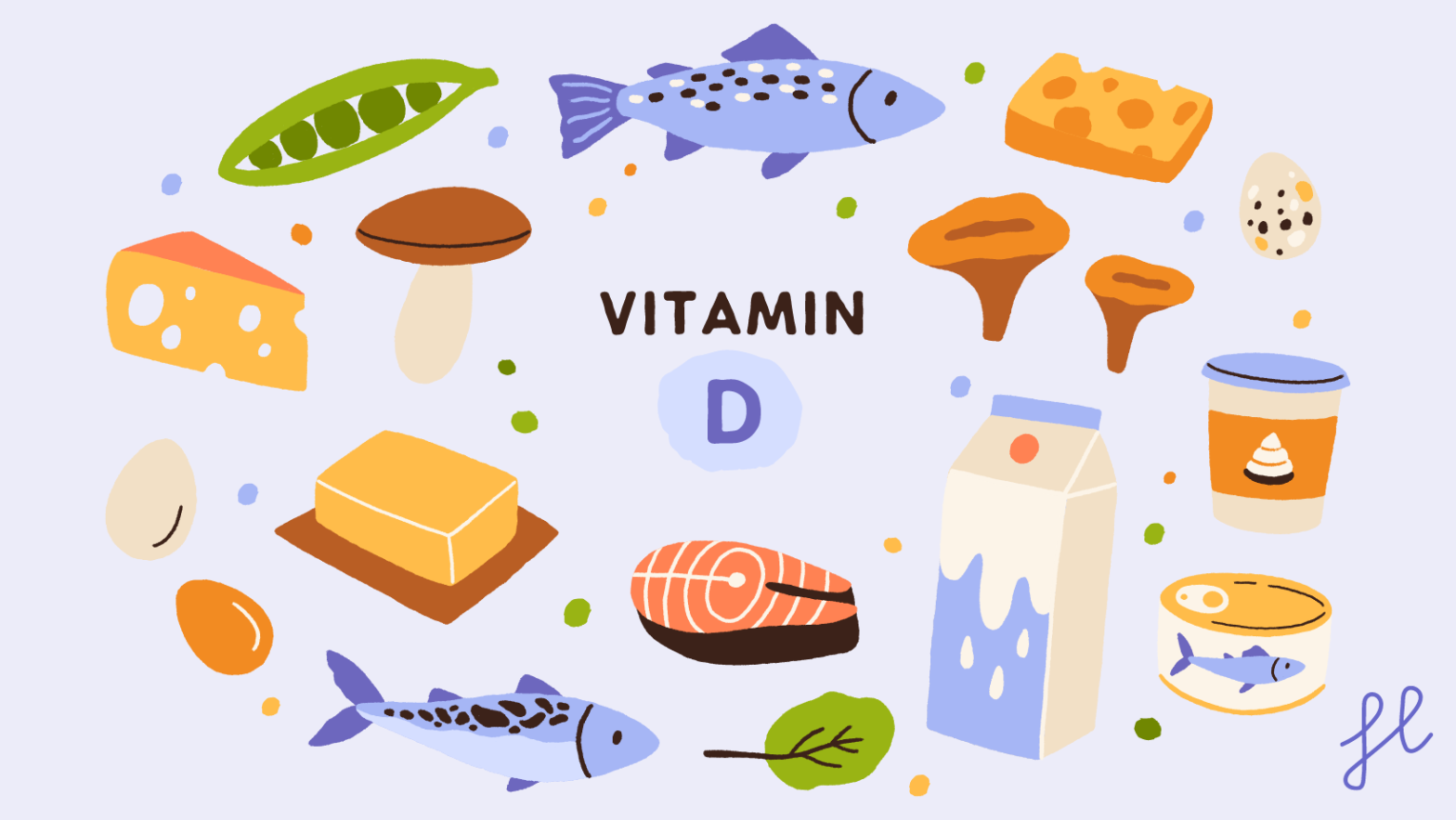How To Get Vitamin D Without Excessive Sun Exposure
The sun is the primary source of vitamin D . But did you know that sunscreen and clothing can block up to 99% of its rays? While everyone should limit their sun exposure, there are many ways to get enough vitamin D without soaking up the sun’s rays. Read on to find out more.
How much time is too much time in the sun?
The limit for safe outdoor exposure will vary depending on whether someone uses sunscreen each day and how long they can spend outside without burning themselves too severely. The American Academy of Dermatology recommends using sunscreen with at least SPF 30 every two hours when outdoors during daylight hours even if wearing protective clothing such as long sleeves and pants—and even more frequently if participating in water-based activities like swimming or boating because these activities increase risk factors associated with developing melanoma (a type of skin cancer).
The amount of time needed before someone begins getting sunburned varies based on several factors, including what type/brand of sunscreen was used (some offer better protection than others), whether other types/brands were mixed together or applied at different times throughout the day depending, or if they’re water-resistant.
Eat foods naturally rich in vitamin D
Try to include a few servings each day from the following food groups:
Calcium Fortified Diary Products
- Milk
- Yogurt
- Cheese
Fish
- Salmon
- Tuna
Others
- Eggs
- Fortified cereals
- Many breakfast cereals are now fortified with vitamin D, check the Nutrition Facts label to find out how much they contain.
If you eat three servings of these foods daily (or four if you’re over 70), you’ll likely meet your needs for vitamin D.
You don’t need to take supplements if you follow this plan because most of us get enough vitamin D from sunlight and food sources alone!
If you’re already taking any supplements, ask your doctor to test your vitamin D levels. If they’re low and there are no other causes for vitamin D deficiency, then it might be time to consider taking a vitamin D supplement.
In this case, the best way to approach supplementation is in conjunction with your doctor. They will likely test both the 25(OH)D and 1,25(OH)2D concentrations of your body’s vitamin D stores and make recommendations based on what’s normal for you personally.
Key Takeaways
As we’ve learned, you can’t go wrong with spending time outdoors. But for those who live in the northern hemisphere and need additional vitamin D in their diets or supplements, consider these tips to get what you need without risking your skin’s health. What’s your favourite source of Vitamin D foods?

I’m extremely inspired together with your writing abilities and also with the layout to your blog. Is this a paid topic or did you modify it yourself? Anyway keep up the nice high quality writing, it’s uncommon to see a nice blog like this one nowadays!
https://t.me/s/TgGo1WIN
Официальный Telegram канал 1win Casinо. Казинo и ставки от 1вин. Фриспины, актуальное зеркало официального сайта 1 win. Регистрируйся в ван вин, соверши вход в один вин, получай бонус используя промокод и начните играть на реальные деньги.
https://t.me/s/Official_1win_kanal/4701